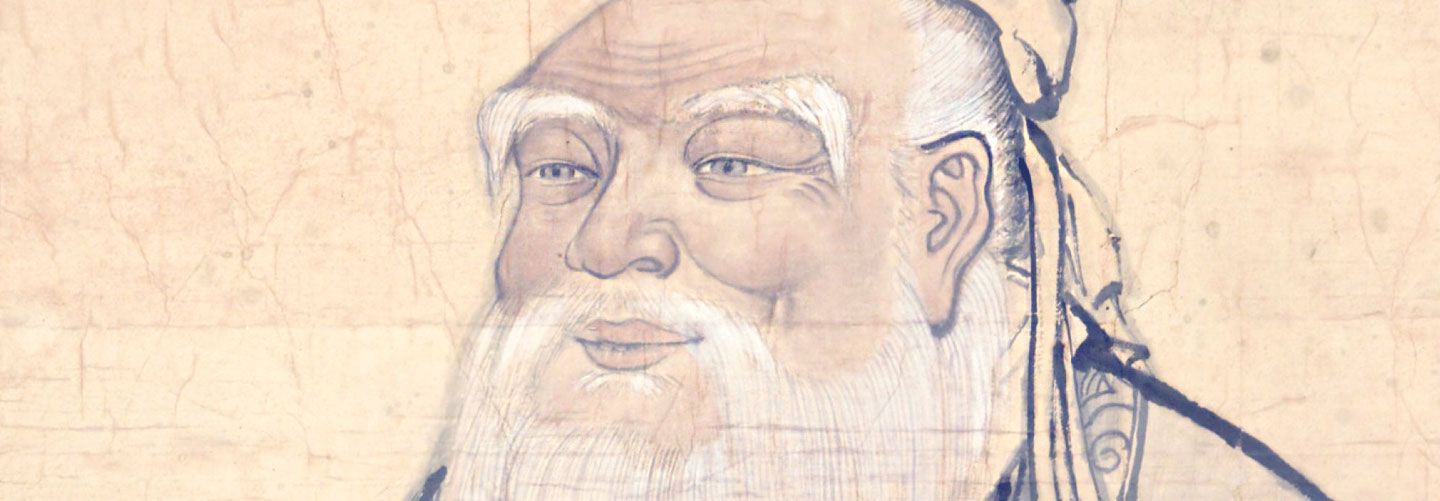The Misfit Economy proposes 5 steps to unleash your inner misfit.
During the Summer 2015 EMBA module in Berlin we had the chance to join a public lecture with Alexa Clay organized by the Berlin School of Creative Leadership at Scholz & Friends. Usually we talk about people like Steve Jobs or Richard Branson or any other CEO of a new technology startup to find examples of great entrepreneurship and innovation. The Misfit Economy takes a very different direction, or rather unusual position, when it explores things such as leadership or creativity. It looks at how people at the other end of the spectrum, people like drug lords and Somalian pirates for example, pursue their dreams or push members of their organization to excel in what they do.
What I found really compelling about the book was that the five ‘misfit’ ways actually are of great use to any person trying to start or grow a business, or simply realize a personal goal or dream. In some cases we might have already used some of these tactics when we were trying to hustle ourselves into the job we always wanted or when we were looking for a way to do something completely new. That calling people sometimes have when they leave everything else behind.
As a young designer straight out of school you might need to find your place to fit-in somewhere without any experience or you might need to explore the skills you are really good at and make your work provocative so you get the attention you need. In some cases you might need to pivot yourself into a completely different market or profession.
We have often explored and learned a lot from misfit organizations through history. And not always from the nicest gangs in history. The propaganda machine of Nazi Germany for example (not covered in the book) has been thoroughly examined and undeniably a lot of insights have been extracted over the years on the effectiveness of powerful branding.
One period in history that gets special attention in the book is the period when pirates roamed the seas and disrupted or hacked the mainstream merchant ship system. It tells about how the old pirates had a profound sense of community and about the unusual ‘democratic’ leadership of their captains, based on self-governance, shared ownership and equality. They were sophisticated, well-run, and successful organizations.

These are the five steps, or chapters in the ‘Misfit Economy’:
1. Hustle
A hustler doesn’t wait for the perfect conditions to unfold/ A true hustler takes destiny into his own hands, using whatever tools he has at his disposal, propelling himself forward with an irrepressible will to succeed and determination to survive.
2. Copy
She writes that it’s important to remember that the person who comes up with an idea is not always the best person to execute the idea. And that we shouldn’t get caught up in a childish game of “mine”. It isn’t what you are able to think up or imagine but what you are able to do with it that matters.
3. Hack
The word “hacker” is explained in Eric S. Raymond’s The Jargon File: the one who enjoys the intellectual challenge of creatively overcoming or circumventing limitations.
Peter Leeson in The Invisible Hook: the hidden economics of pirates talks about the high level of democracy that was staged on a pirate ship half a century before the declaration of independence.
By hacking the established merchant ship system, pirates built crews that were passionate diligent, innovative and highly committed, even during times of intense battle, when the men had to risk their lives in the name of the expedition’s mission.
A burning desire to take on the establishment. A commitment to the free sharing of information, which can enable collaborative innovation. An itch to fix or improve. An aspiration to gain a deep understanding of a system so it can be rebuilt or enhanced.
4. Provoke
We can shake up organizations in need of change by showing how certain ways of thinking are misguided or broken.
5. Pivot
The power of spending time outside society can have a catalyzing creativity and entrepreneurial vision.
Being a misfit requires that you have a bit of a double consciousness. You need to be able to see the logic and rationality of other people’s viewpoints while maintaining your own conviction. It also requires a long term perspective and may test your perseverance. The hack, provocation or hustle, that you are trying to bring to the world might take some time to kick in and find acceptance.
You have to find the courage to dig beneath all those layers that society thrusts upon us and try to rediscover those true callings. You need to become okay with no longer blindly running with the pack.
The ‘Misfit Economy’ also talks about the power of surrounding yourself with a strong ‘entourage’. In its simplest form, an entourage provides an incubator for cultivating your inner misfit.
Overall I really enjoyed the read and in a way the book opened my eyes about a lot of useful ways to achieve your goals and amazing entrepreneurship examples that are happening everyday by people we usually don’t give credit at all.
To close a quote from Angelo Vermeulen, the guy who commanded the simulated Mars mission: “A leader is always modifying a situation in their interests in order to lead. As a leader, I have these needs in order to be able to lead. Social interaction is one of my main needs, and so part of my leadership is to maximize social interaction because it’s part of my value system.”
The stuff that inspires – Learning
Related articles
January 3, 2017
The Eastern Creative Process
November 30, 2016
Good Willsmith – Things our bodies used to have
July 12, 2014
Peter Doig in Edinburgh
Alexa Clay’s Book Reading was part of the Summer 2015 module of the EMBA program at the Berlin School of Creative Leadership. This is my personal view on what she talked about that day.


